Tribe Haplochromini Higher classification Cichlid Subclass Neopterygii | Scientific name Haplochromis Order Perciformes | |
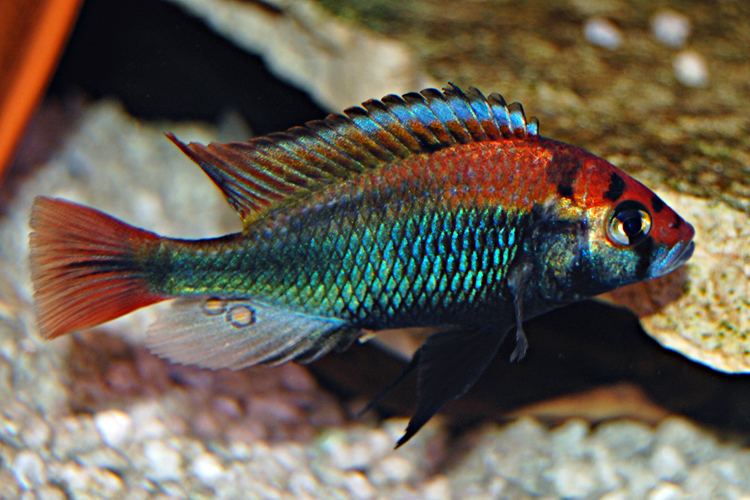 | ||
Lower classifications Haplochromis nyererei, Haplochromis obliquidens, Haplochromis latifasciatus, Haplochromis phytophagus, Haplochromis aeneocolor | ||
Haplochromis is a ray-finned fish genus in the family Cichlidae. It has been used as the default "wastebin taxon" for Pseudocrenilabrinae cichlids of the East African Rift, and as such became the "largest" fish "genus". Many of these cichlids are popular aquarium fishes; like similar Haplochromini they are known as "haplos", "happies" or "haps" among aquarium enthusiasts.
Contents
- 210g malawi haplochromis and peacock fish tank aquarium
- Extinction crisis in Lake Victoria
- Systematics and taxonomy
- Species
- Undescribed species
- Formerly in Haplochromis
- Synonyms of Haplochromis
- References
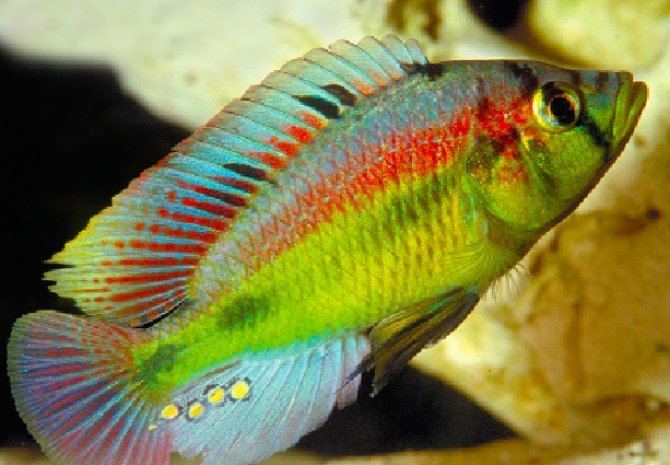
The genus was established by F.M. Hilgendorf in 1888. It was originally conceived as a subgenus of A.C.L.G. Günther's "Chromis", at that time an even larger "wastebin genus" for Pseudocrenilabrinae cichlids. The type species of Hilgendorf was H. obliquidens. "Chromis" of Günther turned out to be a junior homonym of G. Cuvier's ocean fish genus Chromis, established in 1814 already, and was abolished. As the years went by, other genera of (mostly) Haplochromini were lumped with and split again from Haplochromis, and the final delimitation of the clade around H. obliquidens is not yet done.
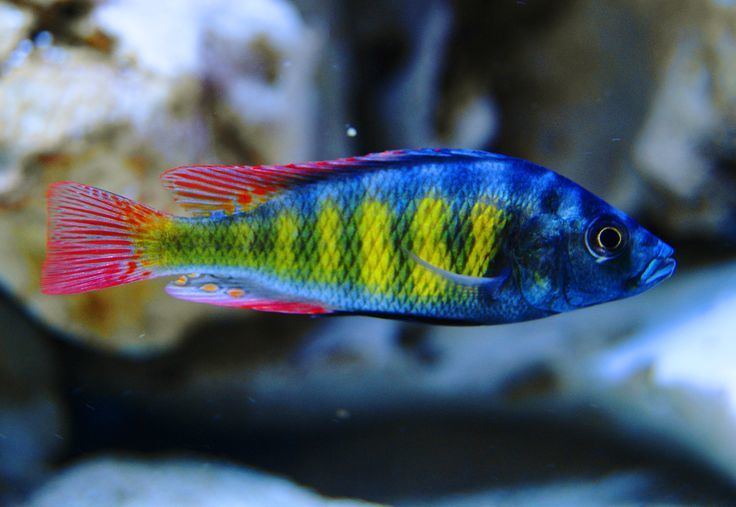
210g malawi haplochromis and peacock fish tank aquarium
Extinction crisis in Lake Victoria
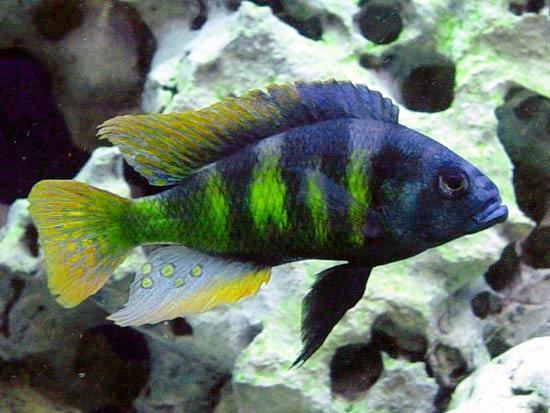
The introduction of Nile perch (Lates niloticus) to Lake Victoria after 1954 severely upset the lake's ecosystem. By the late 1970s, the perch's population was approaching carrying capacity, and the smaller cichlids were fair game for the huge carnivorous Lates, the Nile tilapia (Oreochromis niloticus), an adaptable generalist, was also introduced and competed with the often specialized endemic cichlids of the lake for food and other resources. When the Nile perch stocks finally declined again in the late 1980s, an estimated 200 Haplochromini species (mostly Haplochromis) may have become extinct – many of these had only been scientifically described a few years before their demise, and additional ones were only known or suspected to exist, but never properly studied or described.
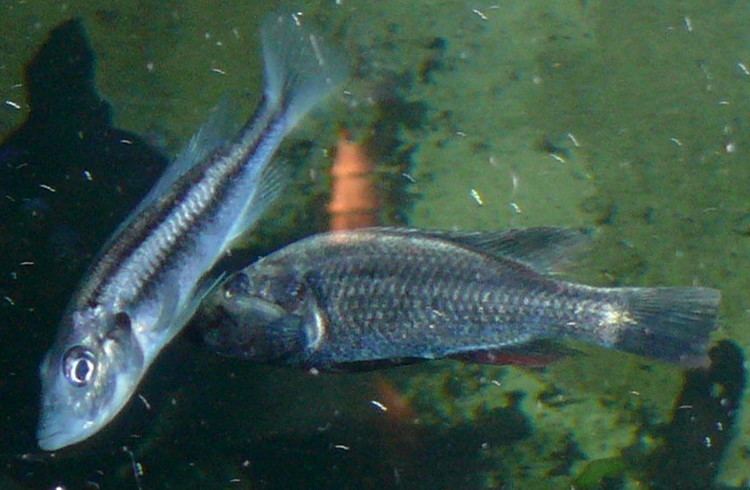
While the stocks of those species that survived are in many cases recovering, the lake ecosystem has changed irrevocably. The entire trophic web has been observed to be upset. But still, evolution runs its course: those Lake Victoria Haplochromis species that still exist are in many cases adapting to new food sources, and in time, speciation is likely to set in and produce a new adaptive radiation of these fishes. Until then, however, the ecological balance of the lake is still on the brink, and many of the cichlids that survived the peak population of Lates are still critically endangered and close to extinction.
Systematics and taxonomy
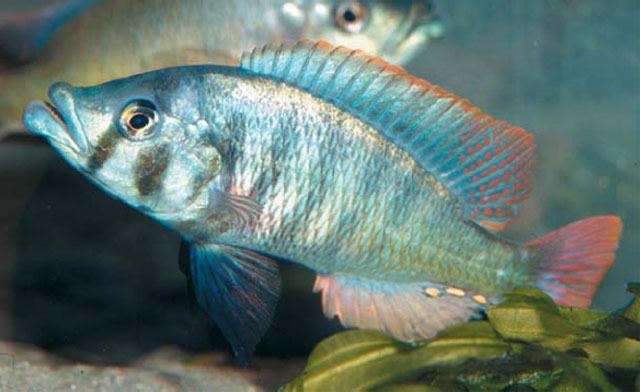
Haplochromis is the type genus of the tribe Haplochromini. Most of the tribe's members were at one time or another included in the present genus, but in many cases this was only temporary. Around the year 1900, as well 100 years later, the trend was to split up the genus; especially in the mid-20th century, on the other hand, most authors lumped any and all Haplochromini that were not conspicuously distinct in the type genus.

While a number of African Rift Valley ciclids are certainly very close relatives of H. obliquidens, the Type species of the present genus, it is not very clear where to draw the boundary of Haplochromis with regard to its relatives. Still, several genera are now recognized as distinct by many authors and scientific databases, such as FishBase (see below); in particular the Haplochromini from Lake Tanganyika and Lake Malawi are usually removed form Haplochromis. The genus delimitation in the entire tribe remains badly resolved, however, and further changes in taxonomy are likely in the future. In particular, between Haplochromis, Astatotilapia and Thoracochromis, species have been moved to and fro over the years. The habit of Pseudocrenilabrinae to hybridize is hampering molecular phylogenetic studies based on mtDNA alone, while trophic morphs of a single species may appear to be distinct "species" if they are not phylogenetically studied. Several proposed genera are again included in Haplochromis at present, but it cannot be ruled out that some of these will eventually be recognized as valid again.
Species
There are currently 229 recognized species in this genus:
Undescribed species
These populations are typically referred to by the names they have in the aquarium fish trade. A number of them are likely to represent undescribed distinct species; others might just be subspecies or color morphs. Whether they all belong in Haplochromis is, of course, doubtful. Some of these populations are:
Formerly in Haplochromis
Among other genera of Haplochromini that were formerly included here, many are small or monotypic. The distinctness of these is highly doubtful, as they may just be distinct lineages of Haplochromis or other haplochromines. That nonwithstanding, Haplochromini genera to which some former "Haplochromis" have been removed are in particular:
Some other Pseudocrenilabrinae were also – mainly by early authors – included in Haplochromis, though they are not members of its tribe. These are:
Synonyms of Haplochromis
With all the taxonomic and systematic confusion affecting Haplochromis and its allies, it is hardly surprising that the genus has a large number of junior Synonyms. Most referred to small or monotypic genera that were once considered distinct, but are now included in Haplochromis again, if only to wait for a major review of their status. Synonyms are:
and sometimes other genera listed above are also synonymized.
